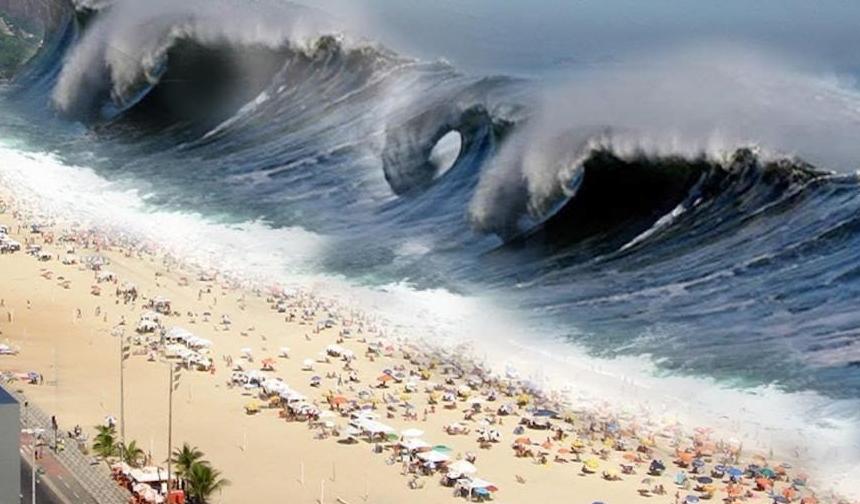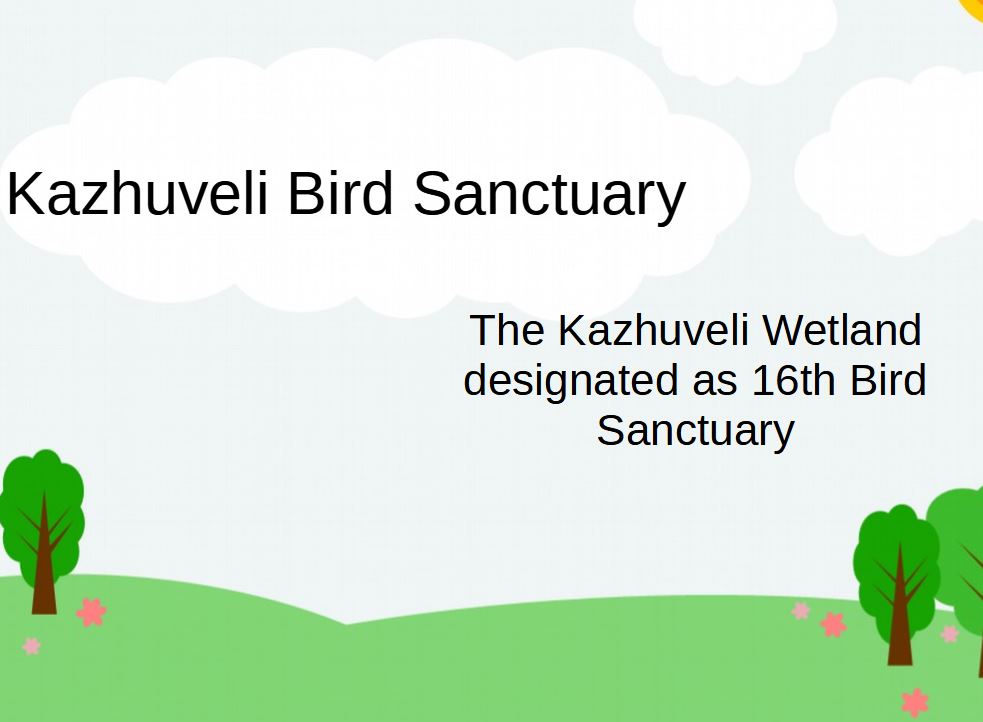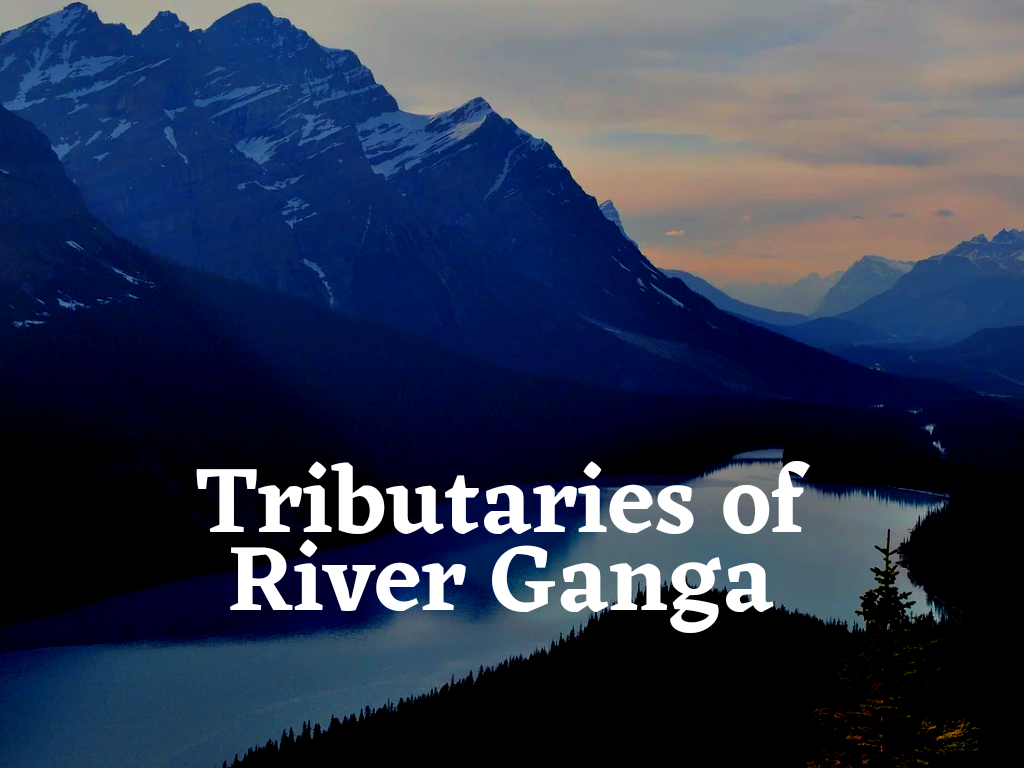Updated By: LatestGKGS Desk
Tsunami: Introduction, Reason, Alerts, Sensitive zones, Indian Ocean Tsunami Facts

Tsunami: Definition, causes, effects, destructive capacities, facts, details
A tsunami is not a single wave but a series of waves, also known as a wave train. Tsunamis are not tidal waves. The first wave in a tsunami is not necessarily the most destructive.
The Indian Ocean tsunami traveled as much as 3,000 miles (nearly 5,000 kilometers) to Africa, arriving with sufficient force to kill people and destroy property.
Tsunami waves can be very long 100 kilometers and be as far as one hour apart. They are able to cross entire oceans without great loss of energy. According to the Scientists, a great earthquake of magnitude 9 struck the Pacific Northwest in 1700 and created a tsunami that caused flooding and damage on the Pacific coast of Japan.
Most tsunamis cause the sea to rise no more than 10 feet (3 meters). The Indian Ocean tsunami of 2004 caused waves as high as 30 feet (9 meters) in some places, according to news reports. In other places, witnesses described a rapid surging of the ocean.
Tsunamis may also be caused by underwater landslides or volcanic eruptions. They may even be launched, as they frequently were in Earth’s ancient past, by the impact of a large meteorite plunging into an ocean.


